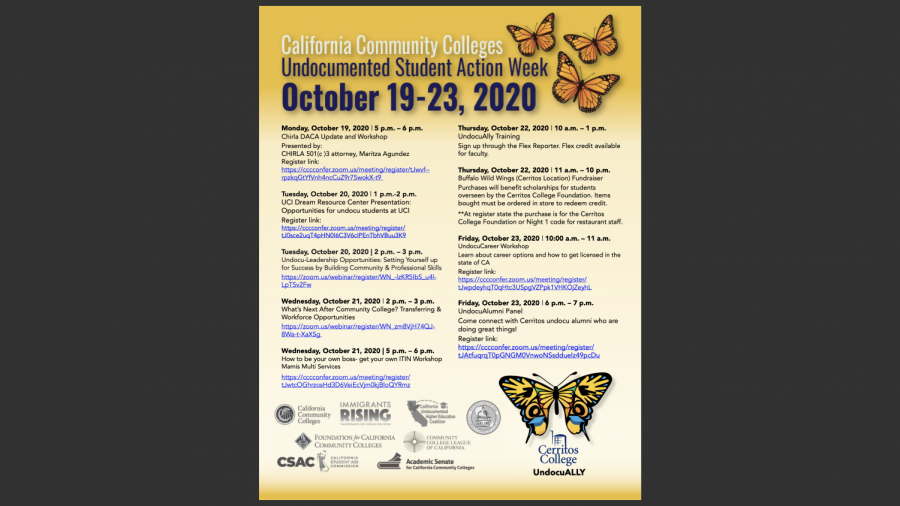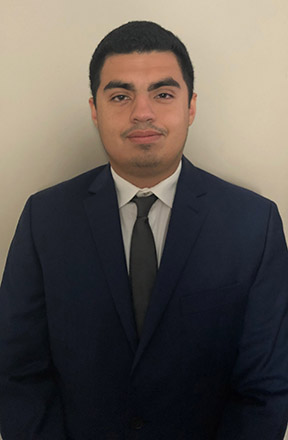Faculty of Cerritos College hosted an information workshop for Dream/AB 540 students on Monday afternoon. The webinar featured a Powerpoint presentation given by a representative from the immigrant rights organization, CHIRLA.
However, the total participation in the call didn’t exceed 15, despite the college serving nearly 1000 DREAM/AB 540 students.
The California Community College School district serves the largest number of undocumented students in the state. In their commitment to support all students regardless of immigration status, the district encouraged campuses to advocate in solidarity, calling for recognition and engagement during Undocumented Student Action Week.
Cerritos College also supported ballot measure Prop 16, which would allow characteristics such as race, ethnicity, and gender to be considered in local decision making like staff and faculty hiring.
The CHIRLA workshop was one of several school events planned through Oct. 19-23. Bryon Almarez, a representative for CHIRLA, talked immigration relief and federal policies that could potentially help students pursue green cards and select visas.
Almarez walked through the do’s and don’ts for these options while discussing how CHIRLA could help with these services, such as fee waivers and free consultations with immigration attorneys.
For undocumented families, fees and lack of information is a major deterrent to pursuing naturalization and other forms of legal residency in the U.S. Some fees soar to over $900 dollars, with strict qualification policies such as legal residency for 3 years or proof that the applicant was a victim of a violent crime.
Outdated policies and a weakened infrastructure create long backlogs that delay these processes for years, subjecting them to an immigration limbo.
The pandemic also hit these communities hard, losing crucial sources of income while not being eligible for state or federal relief. Even Dreamers were exempt from federal aid in the CARES act thanks to Department of Education secretary Betsy DeVos. This prompted Cerritos College to adopt new resolutions in the Spring to help these students.
There’s still difficulties with outreach, however, since the vast majority of students are working from home and campus facilities remain inaccessible.
“It was easier to contact counselors before COVID, seeing professors and having a routine,” says Andrik Lozano, a Cerritos College student under the AB540 program, “Now you schedule an appointment and they don’t always have time to see you,”
Lozano is a first-year graphic design and animation major, hoping to transfer to UCLA after his two years at Cerritos. Before the pandemic, Lozano had two jobs, one as a sushi chef at Beverly Catering that had since closed down operations.
Lozano did however have appreciation for the assistance the school has provided so far: “Cerritos College is best. This presentation had a lot of good information.”
The college’s website has resources for students affected by the crisis, from emergency aid to community resources through Cerritos Cares or ally taskforces.
According to public affairs specialist, Irma Gorocino, students are reached via email and word of mouth by faculty.
















